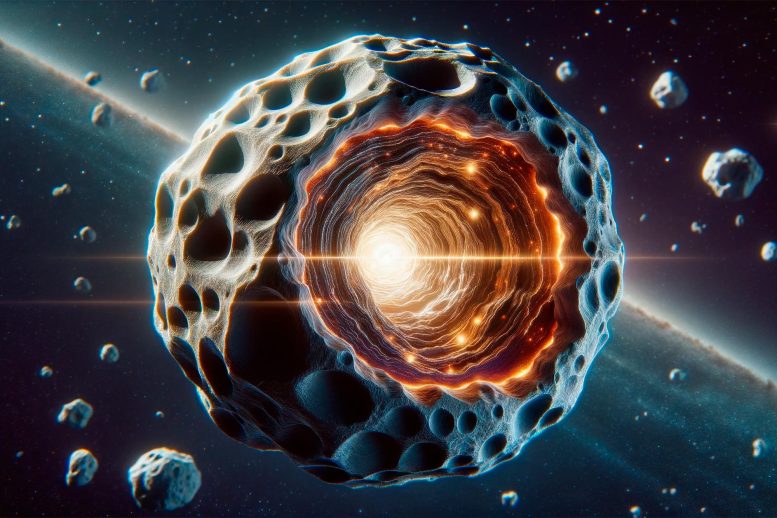
Scientists have been creating superheavy elements and believe elements with around 164 protons might be stable. Determining their density is crucial, with asteroids being potential reservoirs. Space missions are underway to analyze asteroid samples for these elements.
Scientists theorize asteroids could hold superheavy elements, potentially revolutionizing our understanding of atomic structure and the cosmos.
For centuries, the quest for new elements was a driving force in many scientific disciplines. Understanding an atom’s structure and the development of nuclear science allowed scientists to accomplish the old goal of alchemists – turning one element into another.
Over the past few decades, scientists in the United States, Germany, and Russia have figured out how to use special tools to combine two atomic nuclei and create new, superheavy elements.
These heavy elements usually aren’t stable. Heavier elements have more protons, or positively charged particles in the nucleus; some that scientists have created have up to 118. With that many protons, the electromagnetic repulsive forces between protons in the atomic nuclei overwhelm the attractive nuclear force that keeps the nucleus together.
Scientists have predicted for a long time that elements with around 164 protons could have a relatively long half-life, or even be stable. They call this the “island of stability” – here, the attractive nuclear force is strong enough to balance out any electromagnetic repulsion.
Since heavy elements are difficult to make in the lab, physicists like me have been looking for them elements everywhere, even beyond the Earth. To narrow down the search, we need to know what sort of natural processes could produce these elements. We also need to know what properties they have, like their mass densities.
Calculating Density
From the outset, my team wanted to figure out the mass density of these superheavy elements. This property could tell us more about how the atomic nuclei of these elements behave. And once we had an idea about their density, we could get a better sense of where these elements might be hiding.
To figure out the mass density and other chemical properties of these elements, my research team used a model that represents an atom of each of these heavy elements as a single, charged cloud. This model works well for large atoms, particularly metals that are laid out in a lattice structure.
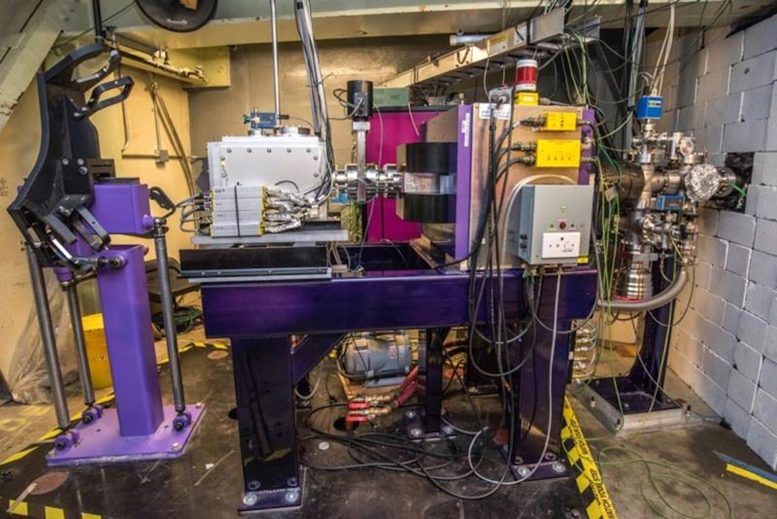
Scientists at Lawrence Berkeley National Laboratory have constructed experiments that can weigh superheavy elements. Credit: Marilyn Chung, Lawrence Berkeley National Laboratory
We first applied this model to atoms with known densities and calculated their chemical properties. Once we knew it worked, we used the model to calculate the density of elements with 164 protons, and other elements in this island of stability.
Based on our calculations, we expect stable metals with atomic numbers around 164 to have densities between 36 to 68 g/cm3 (21 to 39 oz/in3). However, in our calculations, we used a conservative assumption about the mass of atomic nuclei. It’s possible that the actual range is up to 40% higher.
Asteroids and Heavy Elements
Many scientists believe that gold and other heavy metals were deposited on Earth’s surface after asteroids collided with the planet.
The same thing could have happened with these superheavy elements, but super mass dense heavy elements sink into ground and are eliminated from near the Earth’s surface by the subduction of tectonic plates. However, while researchers might not find superheavy elements on Earth’s surface, they could still be in asteroids like the ones that might have brought them to this planet.
Scientists have estimated that some asteroids have mass densities greater than that of osmium (22.59 g/cm3, 13.06 oz/in3), the densest element found on Earth.
The largest of these objects is asteroid 33, which is nicknamed Polyhymnia and has a calculated density of 75.3 g/cm3 (43.5 oz/in3). But this density might not be quite right, since it’s quite difficult to measure the mass and volume of far-away asteroids.
Polyhymnia isn’t the only dense asteroid out there. In fact, there’s a whole class of superheavy objects, including asteroids, which could contain these superheavy elements. Some time ago, I introduced the name Compact Ultradense Objects, or CUDOs, for this class.
In a study published in October 2023 in the European Physical Journal Plus, my team suggested some of the CUDOs orbiting in the solar system might still contain some of these dense, heavy elements in their cores. Their surfaces would have accumulated normal matter over time and would appear normal to a distant observer.
So how are these heavy elements produced? Some extreme astronomical events, like double star mergers could be hot and dense enough to produce stable superheavy elements.
Some of the superheavy material could then remain on board asteroids created in these events. They could stay packed in these asteroids, which orbit the solar system for billions of years.
Looking to the Future
The European Space Agency’s Gaia mission aims to create the largest, most precise three-dimensional map of everything in the sky. Researchers could use these extremely precise results to study the motion of asteroids and figure out which ones might have an unusually large density.
Space missions are being conducted to collect material from the surfaces of asteroids and analyze them back on Earth. Both NASA and the Japanese state space agency JAXA have targeted low density near-Earth asteroids with success. Just this month, NASA’s OSIRIS-REx mission brought back a sample. Though the sample analysis is just getting started, there is a very small chance it could harbor dust containing superheavy elements accumulated over billions of years.
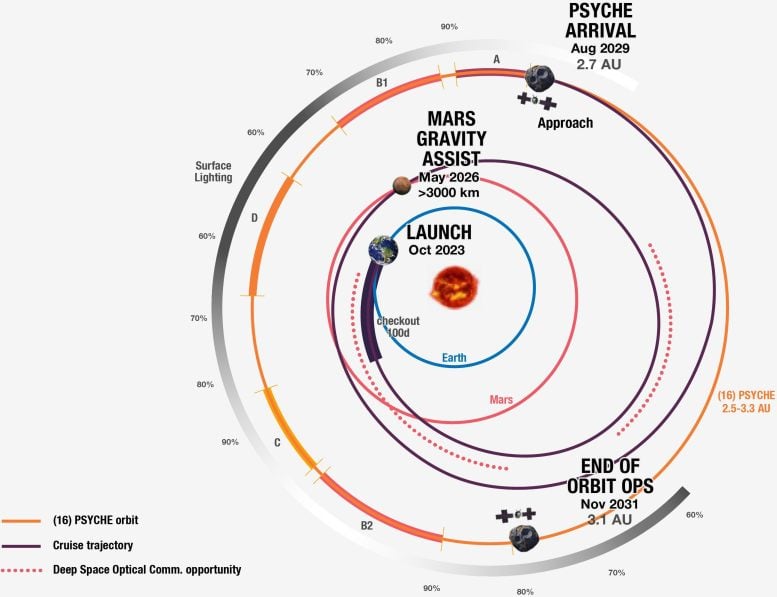
The Psyche spacecraft has left Earth. It will use the gravitational field of Mars to carry it closer to the asteroid. It will then orbit the asteroid and collect data. Credit: NASA/JPL-Caltech
One mass-dense dust and rock sample brought back to Earth would be enough. NASA’s Psyche mission, which launched in October 2023, will fly to and sample a metal-rich asteroid with a greater chance of harboring superheavy elements. More asteroid missions like this will help scientists better understand the properties of asteroids orbiting in the solar system.
Learning more about asteroids and exploring potential sources of superheavy elements will help scientists continue the century-spanning quest to characterize the matter that makes up the universe and better understand how objects in the solar system formed.
Written by Johann Rafelski, Professor of Physics, University of Arizona.
Evan LaForge, an undergraduate student studying physics and mathematics, is the lead author on this research and helped with the writing of this article, along with Will Price, a physics graduate student.
Adapted from an article originally published in The Conversation.![]()
Reference: “Superheavy elements and ultradense matter” by Evan LaForge, Will Price and Johann Rafelski, 15 September 2023, The European Physical Journal Plus.
DOI: 10.1140/epjp/s13360-023-04454-8

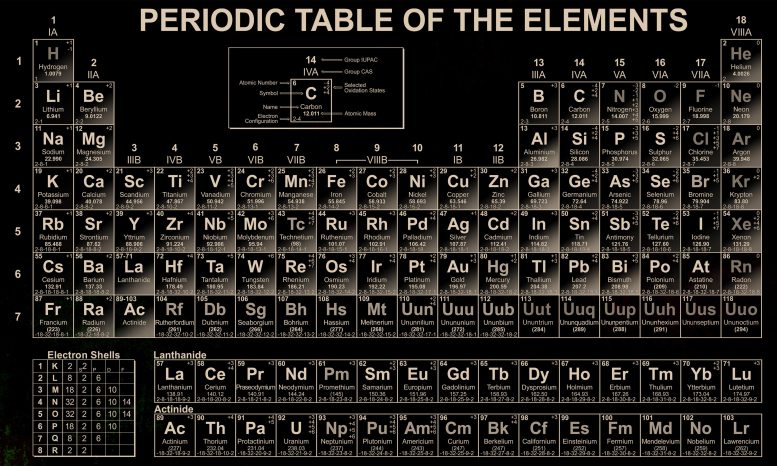
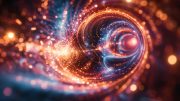

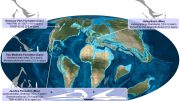




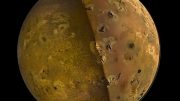
Woulda, Coulda, Shoulda?
The answer is NO, unless you know something I don’t know. Who funds this nonsense?
I’ve heard of the fabled island of stability, but I heard numbers of 124-125 protons. Not 160. Hmmmm…. How dense could something like this be? Recent +particle physics also say that maybe these islands of stability might not be quite where we think they are, or may not exists. So, this might not be.
The Birth of the Sun and Planets Billions of years ago, the Sun’s radius when a mass of dust and gas extended to the end of Pluto’s orbit, but the Sun’s radius may have been greater.Astronomers cannot accurately estimate the radius of the sun.There are four rocky planets except Pluto.They were not before the Sun, Mercury, Venus, Earth and Mars, but four very large planets.Gas planets, Neptune, Uranus, Saturn and Jupiter were active at the time of birth of this solar star.Gas planets were separated from the Sun by violent reactions in the core and explosions of the Sun’s core.The weight and mass of Jupiter, Saturn, Uranus and Neptune have been very high since the beginning of their formation and separation from the Sun’s core.The Milky Way revolves around the galaxy, this arm collides with the Sun and the planets Neptune, Uranus, Saturn and Jupiter.In the first encounters, they were with the Sun, but there were no rocky planets like Earth and Mars next to the Sun.The star systems of the Milky Way came here from the arm of the Milky Way, and all the planets and moons of the solar system came here from the planets next to the stars of the branch of the galaxy, and the four rocky planets such asMars, Earth, Venus, and Mercury, and all the moons that were discovered by the probes organizations have been discovered.NASA has identified 234 moons.We call them moons originally, but they weren’t moons, they were arm planets, all those moons that came with their stars to the solar system, why the milky way arm stars join their planets towards the sun.Due to the very, very strong attraction of the Sun, Jupiter and Saturn, hundreds of stars and planets from the two large arms of the galaxy became solar system objects over billions of years.It is a very interesting thing that I discovered the solar system and the Milky Way, Dr. Mehrdad Iran, the four rocky planets Mercury, Venus, Earth and Mars were not with the Sun since the birth of the Sun.The planets and their moons discovered by NASA and their number reaches 234 are from the Milky Way galaxy.The Milky Way has entered the solar system.So far, 238 planets have come to the sun of the solar system along with the stars of the Milky Way, but the number of planets that have come to the sun is more than 238, and a third of them have come to the sun.And the objects of their system collided with the sun and disintegrated, and the elements inside them that formed meteorites collided with moons and rocky planets.